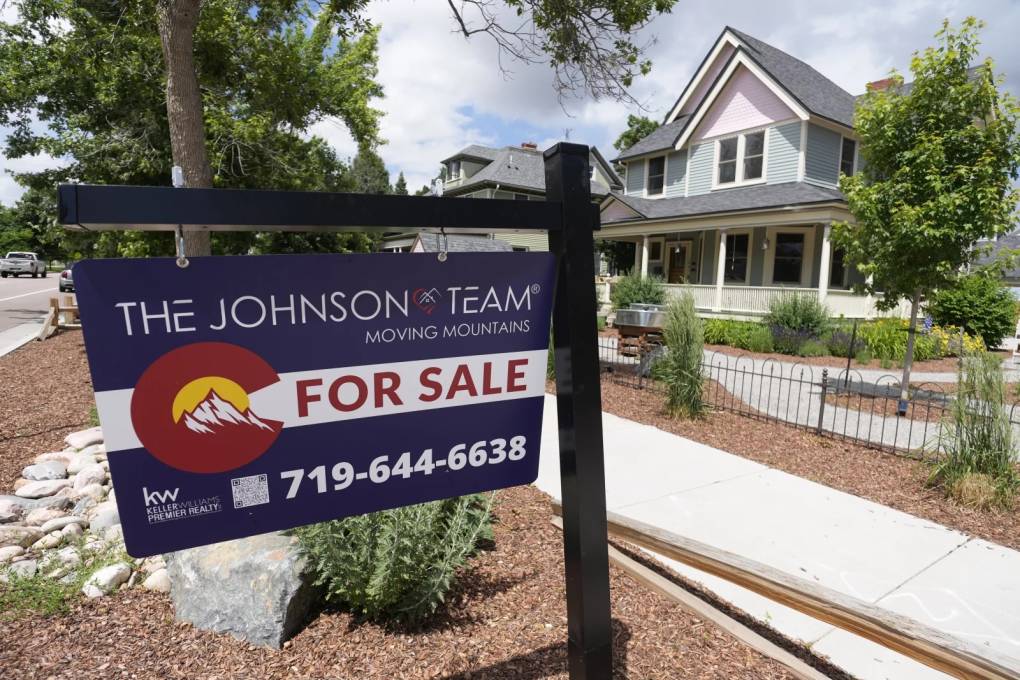“As we grapple with the repercussions of the housing crisis, it is crucial that we continue to invest in the city’s homelessness response system that includes programs to problem solve and prevent people from ever having to experience homelessness,” San Francisco Department of Homelessness and Supportive Housing (HSH) executive director, Shireen McSpadden, said in a statement. “The Point in Time Count’s data will inform our programs and our mission to make homelessness rare, brief and one-time.”
However, HSH also found a significant and disturbing spike in the number of families who are experiencing homelessness. There were 437 unhoused families counted in 2024, up 94% since 2022.
“The loss of COVID protections and end of eviction moratorium absolutely is driving some of these numbers,” said Jennifer Friedenbach, director of the Coalition on Homelessness. “We continue to underinvest in affordable housing, and we need to restore the nation’s commitment to low-income housing. We will continue to see homelessness increase until we get serious about this issue.”
San Francisco has increased shelter availability by 60% since 2018, according to HSH. Earlier this year, officials announced they were bringing 300 shelter beds back online, returning the shelters to their pre-pandemic size after cutting capacity to prevent COVID-19 transmission.
As of Thursday, 108 people were still on the waiting list.
“It’s not great to see an increase, but it could have been much, much worse,” said Shanti Singh, communications and legislative director for Tenants Together. She said the city’s right-to-counsel program, which provides all renters access to legal representation, and rent relief program played a role in preventing even more people from experiencing homelessness.
According to city data, over 5,400 San Franciscans avoided homelessness since 2019 because of the right-to-counsel program. The emergency rent relief program prevented 10,000 evictions, a city analysis released in April found.
Along with opening more temporary and permanent housing, city teams placed around 1,500 people from the streets into shelter or housing last year — 22% more than the year before, according to homeless street operations data released earlier this year. It tracked a 17% drop in the number of tents on city streets.
The city made a major push to clear downtown encampments ahead of the APEC summit in November. As of April, the city counted 513 encampments.
“We are working every day to move people off our streets and into shelter, housing and care,” Mayor London Breed said in a press statement. “This is safer and healthier for people on our streets, and it is better for all of us that want a cleaner and safer San Francisco.”



